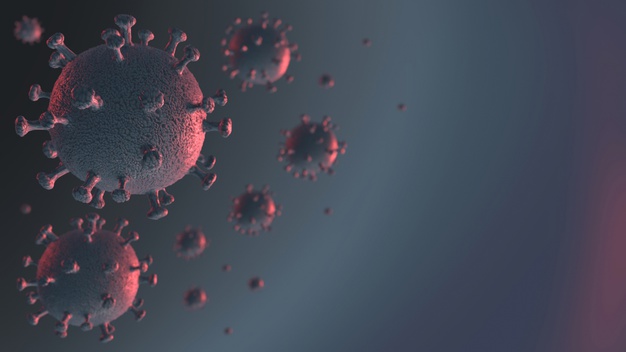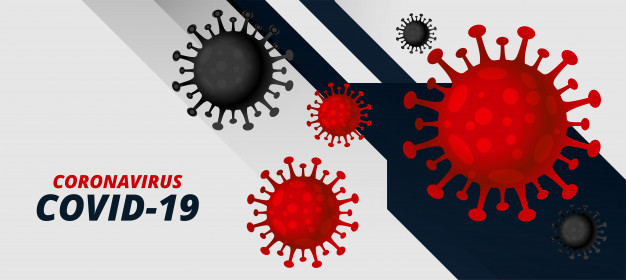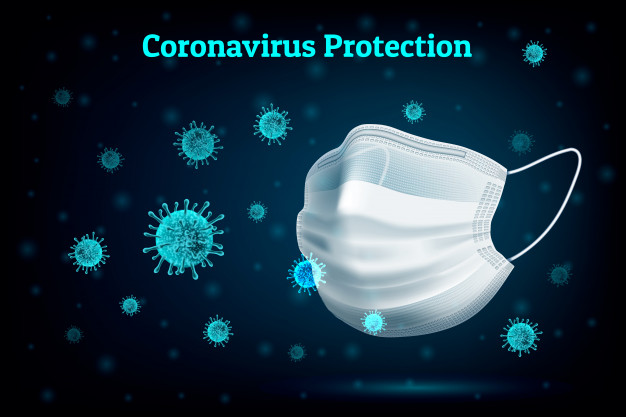Can your genes be the reason for increased susceptibility to COVID-19 infection? For years, scientists know that genes play a very important role in underlying biological mechanisms. And therefore, over these years many pieces of research have been carried to understand the link between genetic variability and diseases. Recently, new research published in the Journal of Virology (Well-known publication of American Society for Microbiology) highlights that variation in the genes involved in the human immune system can impact the susceptibility and severity of COVID-19 infection.
Human Leukocytes Antigen Genes
You must have seen people of a certain group be more susceptible to disease than others, why? Well, the answer to this lies in your genes. Individual gene variation is known to be one of the major reasons behind the differences in the immune responses. Our immune system works with the help of multiple biomolecules. One such important component of the immune system that plays a very crucial role in determining the strength of the response is the human leukocyte antigen. The genes coding for this antigen is involved in detecting the pathogen upon invasion. The gene variation among different individuals can influence how well the immune system detects the pathogen in an individual. If a person has a weak response than a pathogen such as the Sar-CoV2 virus could easily invade making a person vulnerable to the infection.
Understanding the variation
As we all know that the number of COVID-19 cases is rising across the globe, researchers and scientist are working towards finding better solutions to curb the menace. In the present study, the author of the paper indicated the importance of understanding the variation of human leukocytes antigen (HLA), which forms a very important component of the immune system. Knowing the gene variants of HLA and their respective responses towards the condition can help identify people posing a higher risk towards the COVID-19 infection.

The researchers showed that the HLA, haplotype, and also the full genotype variation may impact the ability of an individual’s immune system to respond against Sars-CoV infection. Moreover, certain alleles can be responsible for more severe infections than others.
“This is the first study to report global distributions of HLA types and haplotypes with potential epidemiological ramifications in the setting of the current pandemic,” write the authors, from Oregon Health & Science University, Portland, and the Portland VA Research Foundation.
One of the important benefits of HLA based study is that HLA typing is quite fast and less expensive. If there is a pairing of HLA typing with that of COVID-19 tests than there can be a significant improvement in the identification of high-risk individuals. Moreover, once the vaccine against COVID-19 is available, high-risk HLA type individuals can be prioritized for the vaccination. This will help in creating herd immunity and help prevent the future spread of the disease.





